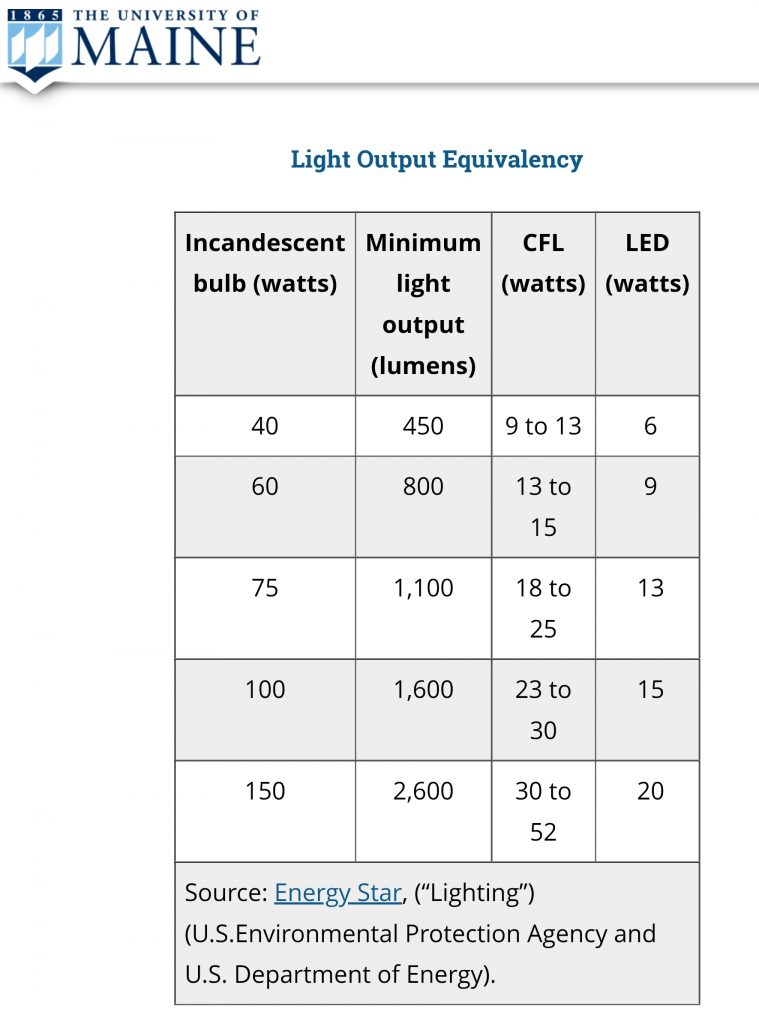How Much Light for Chicks
General Lighting Information
Why is light so important, nature will give them all the light they need!
A 2 day power outage in a confined coop that is not lit up adequately can result in triggering a molt in laying birds. Production can be compromised for up to 6 weeks after such an event
Shadows in a coop may result in chickens laying eggs in the shadowed areas. Laying boxes should be somewhat enclosed and darker than the rest of the coop.
The nesting box is supposed to be a relaxing zen place for mama to lay her eggs.
Hens must have water available when they wake up or when the lights come on.
Layer Chick Lighting
- Continuous Light for first 3-7 Days to aid them in finding food and water when they need it.
- Reduce light to 16 hours once the chicks know where their food and water is. Slowly decrease light to reach 10 hour days at 3 weeks of age.
- We reduce light to 9 hours a day at the 13th week until week 18 or they start laying.
- When they start to lay eggs (week 18-20), light should increase by 1/2 hour per week until you are back at a 16 hour day.
- Maintaining a constant light cycle will help to maintain steady egg production. Going with naturally less light in fall through winter will decrease egg their production.
These 2 points below are for a 12′ x 12′ Room
- 60 watt incandescent bulb for first 2 weeks
- 20 watt incandescent bulb for remaining weeks
Broiler Chick Lighting
- 23-24 Hour Light for first 3 Days (20 lux)
- 8-14 Hour Light for the next 3 weeks (10 lux) This reduction in light is to slow down the early growth spurt that some broilers have. That growth spurt can cause leg problems and heart conditions.
- Week 3-4 light can be increased to 24 hours or left at the previous setting which allows a night cycle. Long light cycles are generally employed by factory style growers which are geared towards maximum growth in minimum time. We understand the corporate mentality for this but these operations look almost abusive. We believe that all animals should be treated ethically and respected even if they are food. Our preference is 16 hours of daylight with an 8 hour rest until it’s time for freezer camp.
Use the below info to calculate your bulb requirements

Incandescent bulbs emit about 13 lumens per watt
20 lux = 20 lumen = 1.5 watt = m^2
1 lux of light is equivalent to 1 lumen per square metre (lm / m^2)
